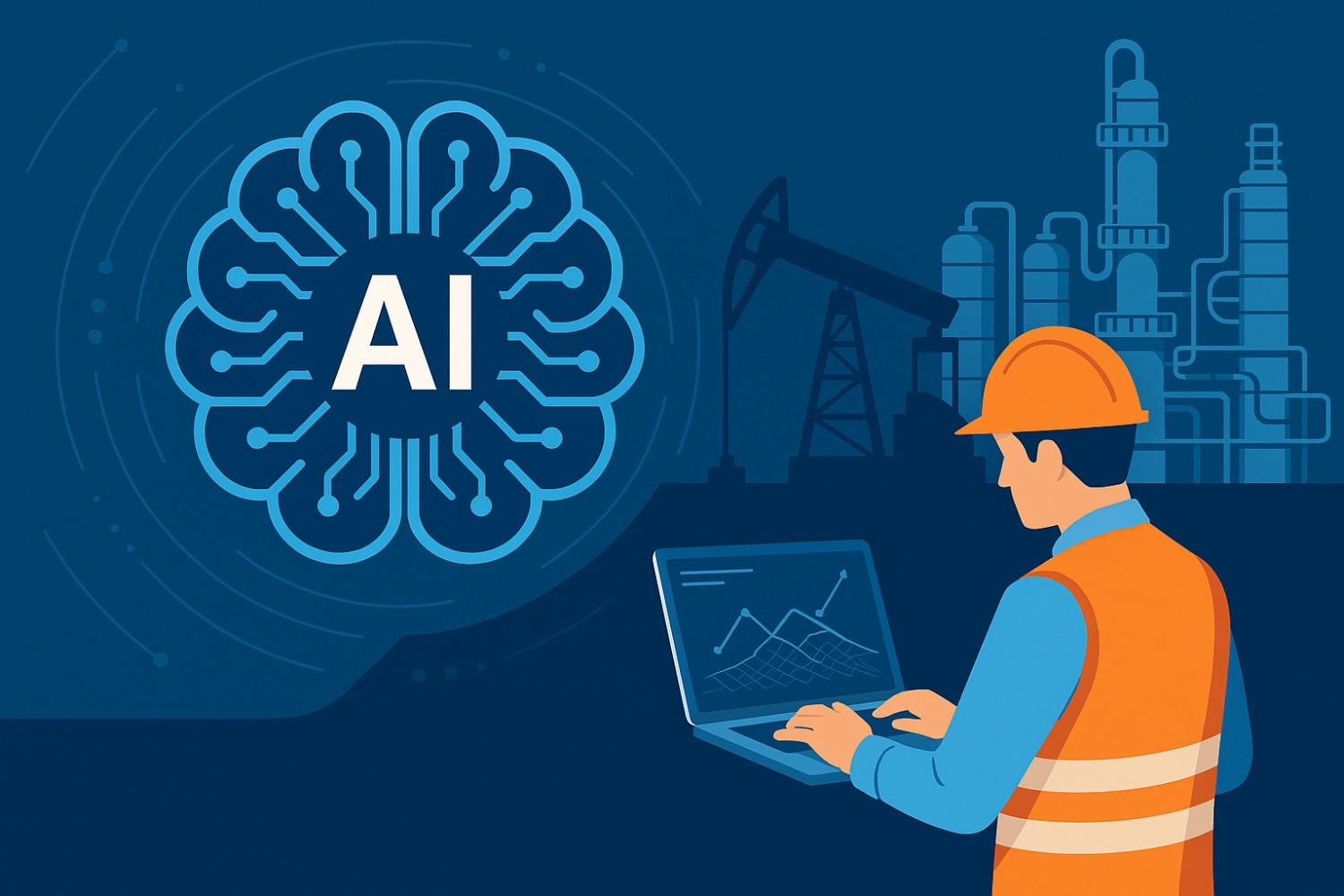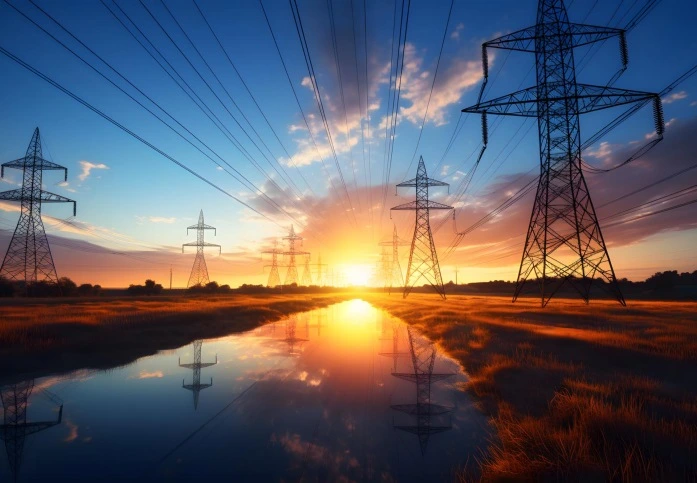Introduction
As the world faces the urgent need for carbon reduction, industries are turning to innovative solutions to reduce their environmental impact. One of the most promising approaches is the adoption of Carbon Capture Technologies. These systems are designed to capture carbon dioxide (CO₂) emissions from industrial processes, preventing them from entering the atmosphere. By using carbon capture systems and related innovations, industries can significantly lower their carbon footprint and contribute to a more sustainable future.
What is Carbon Capture Technology?
In simple terms, it refers to a set of methods used to trap CO₂ produced by power plants, factories, and other industrial sources before it can be released into the air.
The seized carbon can then be stored underground or reused in various industrial processes. This technology is a crucial part of the global effort to achieve carbon reduction and limit the impacts of climate change.
There are several types of carbon capture process methods, including pre-combustion, post-combustion, and oxy-fuel combustion. Each method targets CO₂ at different stages of industrial activity, making carbon capture technologies adaptable to various sectors.
The Role of Carbon Capture in Industrial Sustainability
The role of carbon capture in industrial sustainability is crucial and cannot be overstated. Heavy industries like steel, cement, and chemicals are some of the largest sources of CO₂ emissions. By integrating carbon capture systems into their operations, these industries can continue to produce essential materials while drastically reducing their environmental impact.
According to IEA (International Energy Agency), carbon capture, utilisation, and storage (CCUS) is expected to deliver approximately 8% of the total cumulative emissions reductions needed by 2050 to achieve global net-zero targets. This makes carbon capture innovation a vital tool for industries aiming to balance growth with sustainability.
Key Carbon Capture Technologies in Use
There are several carbon capture technologies currently being used and developed around the world:
- Post-Combustion Capture: This is the most common method, where CO₂ is captured after fossil fuels are burned. The technology is widely used in power plants.
- Pre-Combustion Capture: In this method, carbon is removed before the fuel is burned, a process often employed in hydrogen production and gasification plants.
- Oxy-Fuel Combustion: This process burns fuel in pure oxygen instead of air, resulting in a better concentrated stream of CO₂ that is easier to capture.
These carbon capture systems are continually improving, with the introduction of new materials and processes making them more efficient and cost-effective.
Industries Benefiting from Carbon Capture Solutions
Many sectors are seeing the benefits of carbon capture for industrial operations. Here are a few examples:
- Power Generation: Coal and natural gas plants are major users of carbon capture technologies.
- Cement and Steel Manufacturing: These industries are challenging to decarbonize, but innovative carbon capture solutions are helping them make significant progress. The Norcem cement plant in Norway is a leader in this space.
- Chemical Production: Ammonia and hydrogen plants are increasingly utilizing CCS (Carbon Capture and Storage) and CCUS (Carbon Capture, Utilization, and Storage) to reduce emissions.
- Bioenergy: Combining bioenergy with carbon capture technologies (known as BECCS) can even result in negative emissions, removing more CO₂ from the atmosphere than is produced.
Benefits of Carbon Capture for Industrial Operations
The benefits of carbon capture go beyond just reducing emissions. Here’s how these technologies are transforming industries:
- Regulatory Compliance: Many countries are introducing stricter regulations for CO₂ emissions. Carbon capture technologies help companies meet these rules and avoid penalties.
- Enhanced Sustainability: By lowering emissions, businesses can improve their sustainability credentials and attract environmentally conscious investors and customers.
- Economic Opportunities: Captured CO₂ can be used in enhanced oil recovery, the production of building materials, or even converted into fuels and chemicals, creating new revenue streams.
Job Creation: The development and operation of carbon capture systems support jobs in engineering, construction, and maintenance.
Challenges in Scaling Carbon Capture Technologies
Despite their promise, carbon capture technologies face several challenges:
- High Costs: The installation and operation of carbon capture systems can be expensive, especially for older facilities.
- Infrastructure Needs: Transporting and storing captured CO₂ requires pipelines and secure storage sites, which are not always available.
- Public Acceptance: Some communities are concerned about the safety of underground CO₂ storage.
- Policy and Incentives: Widespread adoption depends on supportive government policies and incentives.
Still, ongoing carbon capture innovation is helping to address these issues. For example, advances in solvent materials and membrane technologies are making the carbon capture process more efficient and affordable.
Conclusion
The future of carbon capture is bright, with ongoing research and investment driving down costs and expanding applications. As more industries adopt these solutions, carbon capture technologies will play a critical role in achieving global carbon reduction targets and building a more sustainable industrial sector. By adopting carbon capture systems, companies comply with regulations and achieve a competitive edge in a low-carbon economy.
FAQs
What are the three main carbon capture technologies?
The three main carbon capture technologies are post-combustion capture, pre-combustion capture, and oxy-fuel combustion.
What are the technologies for carbon reduction?
Technologies for carbon reduction include carbon capture systems, renewable energy, energy efficiency improvements, and fuel switching.
What is the difference between CCS and CCUS?
CCS stands for Carbon Capture and Storage, where CO₂ is stored underground. CCUS stands for Carbon Capture, Utilization, and Storage, where CO₂ is also used in industrial processes.
What policies support carbon capture adoption?
Policies like carbon pricing, tax credits, and government funding for research and infrastructure support the adoption of carbon capture technologies.
What is the future of carbon capture?
The future of carbon capture and storage looks promising, with continued innovation expected to lower costs and expand its use across more industries.



